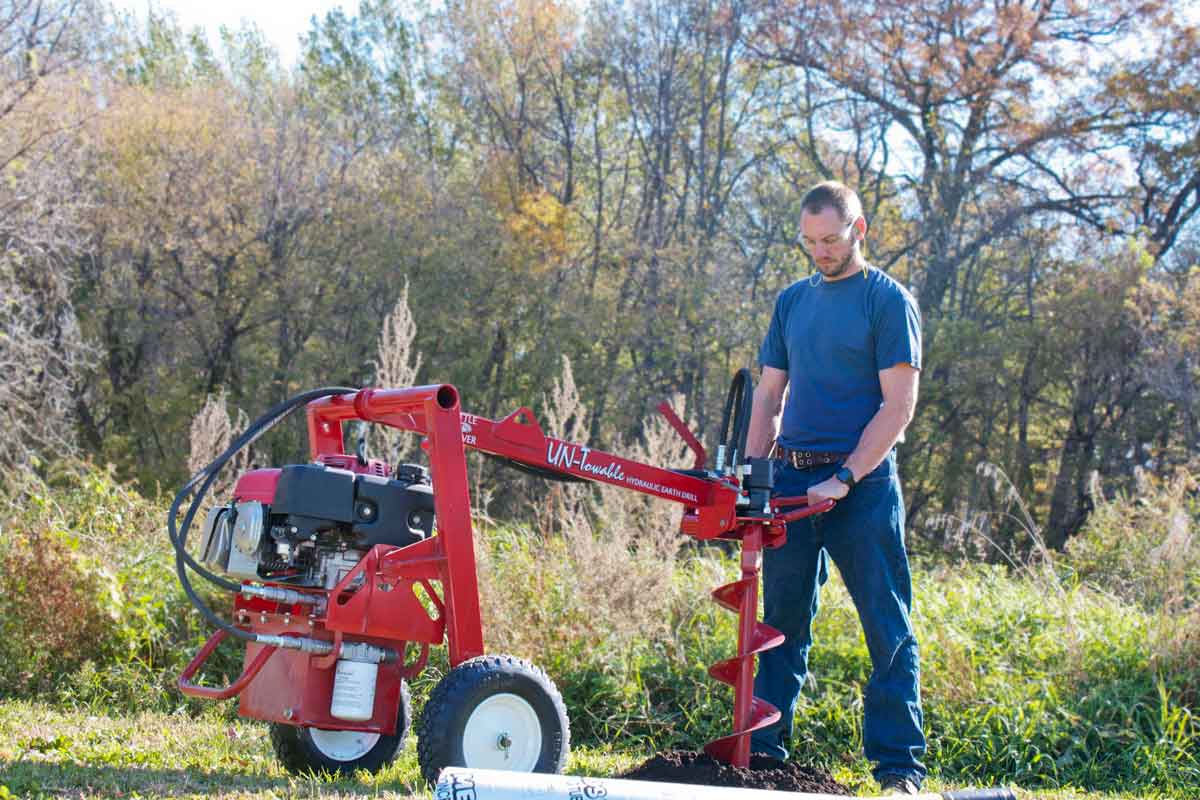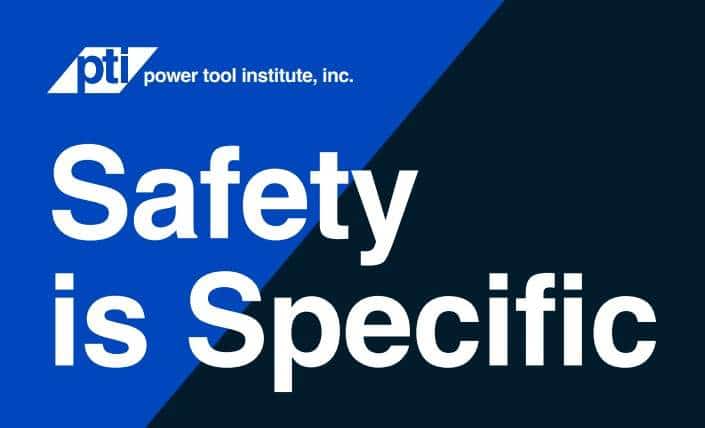What Is a Rivet Buster and How Do You Buy One for Your Construction Crew?
Adapt or get left behind. Rivet busters did, and it is exactly why they remain relevant in the construction industry. The configuration of rivet busters has not changed, but their function has evolved. Originally used to cut and drive metal rivets, rivet busters now are more commonly called on to break concrete. However, renovations to older structures still call for rivets, so the tool is not fully removed from its old responsibilities.
How did rivet busters evolve into concrete work? As bolts became the industry norm for new construction, rivet busters started competing with jackhammers to break up concrete. Jackhammers were purposely built for the concrete application, so why are rivet busters popular? Contractors found lightweight rivet busters to be handy and extremely valuable on the jobsite. Rivet busters are light tools at 33 lbs maximum, and that includes the tool steel. There is more power for the weight as opposed to, say, a 65-lb jackhammer and the user gets a similar power force. The rivet buster is not only easier on the back but causes less fatigue. Here are some things you should know about this versatile tool.
Variety of Rivet Busters
Our industry designates different models by length of cylinder. Most rivet buster manufacturers feature a range from 6 to 11 in. However, the standard and most popular rivet buster options are 8- and 11-in. cylinder lengths. The 11-in. model is more powerful. It has a longer stroke via a bigger piston. The tool ultimately hammers out larger rivets.
Operational Techniques
Operational techniques differ based on application. Most of the rivet buster operators I have worked with on the job prefer the outside trigger. A trigger on the outside allows the operator to grip the handle with the top four fingers and have the thumb on the outside handle to control the trigger. The other hand can be used on the cylinder to give added comfort. There are also rivet busters with an inside trigger. Some operators prefer this, but for a majority it is considered tougher to use than the outside trigger. To operate the outside trigger, you have to press against it and use your fingers to pull it tight. Essentially, you are pulling and pushing at the same time, which makes it awkward for some users.
Matching Rivet Buster to Compressor
This is the same as all pneumatic tools: You want to match compressor cfm to the rivet buster’s air consumption. Matching a rivet buster to a compressor really depends on the number of rivet busters the contractor is running at once. Ninety- and 185-cfm compressors are both industry standard. There are also larger compressors. Depending on the size, each rivet buster takes anywhere between 44 and 46 cfm. So, with 90 cfm, the user could run two rivet busters at once.
With aging infrastructure — especially on the East Coast — you see many rivet busters used on bridge decks. This happens when a bridge deck is old and worn out or cracking and needs replacement. A gang of rivet busters is used to take off the surface of the deck only. This means they are demolishing the surface of the bridge but not all the way through, so the contractor can repave it.
Most of the time, you can see rivet buster operators all across the bridge. Typically, they are using an 800-cfm compressor to be able to run an airline the whole distance of the bridge. With bridge applications or on construction sites in general, you would only see one or two compressors max and all running off of the same air source.
A good thing to remember: If you have anything over 50 ft in length for a hose, you will want to move up to a 1-in. diameter hose. Additionally, as far as operation goes, any distance over 50 ft, you are going to lose about 3 psi. This means, if the user is going to run the hose 50 ft or less and sets the dial to 90 psi and measures it at the tool end, it will read at 90 psi. However, if they run it out to 100 ft, it is going to read at 87 psi. In this case, the tool will not work as effectively as it did at 50 ft, so readjust the dial to 93 psi to account for the 3-psi loss.
Safety Insights/Maintenance
The first safety insight is common sense: wear hard hats, ear and eye protection and gloves. But, keeping up on the maintenance of rivet busters might not be common sense in regard to safety. Maintenance is not only smart for the health of the tool but also for safety of the user. For example, I recently saw an accident where an operator did not inspect the tool and was trying to bust out rivets. The steel split and fractured, while the operator was still putting pressure against it and it injured the operator’s hand. This is why it is crucial to check with everyday use.
Items to check include making sure the air inlet is tight, and that the bumpers and lower and upper sleeves are not worn out. After that, lubricating the tool is also important. This should stop the parts from breaking and decrease any chance of an injury. Lastly, when changing the steel of the rivet busters, it is crucial to not only shut off the air but to bleed the air out of it. This should be done before the user takes the retainer off to change the steel. There are some rivet busters on the market that have an injectable piston, meaning if the user takes off the retainer and the rivet buster still has air loaded, the user could accidentally hit the trigger and the piston could shoot out. So, make sure that all the air is completely out.
Things to Avoid
We see several common mistakes out on the jobsite that can be avoided. For safety concerns, it is best to avoid the following:
- • Never take the handle and let the rivet buster run.
- • Do not use a two-person operation for horizontal work. When trying to knock out a rivet, we have witnessed someone holding the tool steel on the rivet (trying to get as steady on the rivet as possible), while the other is powering it, and that can be dangerous to the user holding the tool steel.
- • Never work over the user’s head. The concrete the user is hammering at might create big chunks that could potentially harm you. Dust is also more prevalent when hammering upward.
- • Horizontal and vertical uses are the only applications for rivet busters.
Safety should always be at the forefront on the jobsite. Make sure you and your crew take time to inspect the rivet busters before going to work with them. Much has changed in the industry since the day that a rivet buster’s primary function was to cut and drive metal rivets. Instead of being left behind when bolts replaced rivets, the tool evolved and continues to be a great asset.



Comments are closed here.